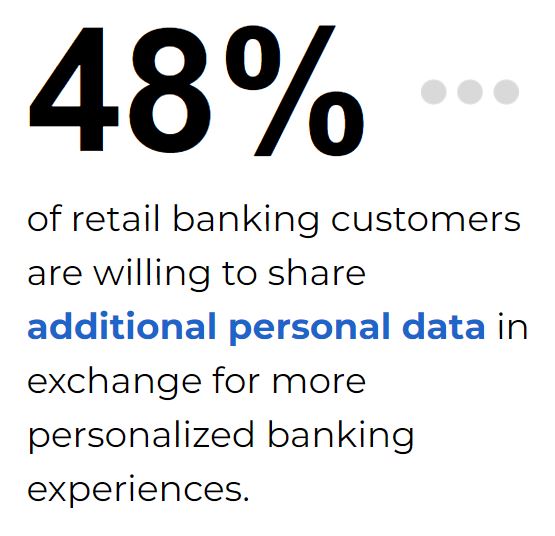
As digital banking transforms the financial landscape, community banks and credit unions (CUs) are poised to capture Generation Z and millennials.
These digital natives are gravitating toward smaller financial institutions (FIs).
The PYMNTS Intelligence report “Local Roots: How Community FIs Can Win the Digital-First Generation” examined how this movement signals a change in which personalized service, local engagement and enhanced security become differentiators in a competitive digital-first ecosystem.
According to the report, 52% of Gen Z and millennial consumers were contemplating a switch to community banks, with 47% eyeing CUs as viable alternatives. The trend underscored a growing dissatisfaction with the impersonal service often associated with larger banks.
While effective digital capabilities remain a priority, personalized service is becoming equally vital. Nearly half of Gen Z consumers said they would change banks for tailored financial guidance and spend management tools. This reflects a broader demand for FIs to provide unique, purposeful support rather than a one-size-fits-all approach.
Twenty-one percent of retail banking consumers cited poor customer service as the main reason for closing accounts. As a result, community banks and CUs, known for their personal touch, are well-positioned to attract this demographic by prioritizing digital innovation and service.
The call for personalization in banking is loud, as 54% of retail banking customers said they expect their FIs to use existing data to enhance their banking experiences. When banks succeeded in personalizing their services, 76% of customers acted based on personalized financial advice received.
To meet these expectations, FIs are evolving their technology infrastructure. Ninety-seven percent of FIs migrated at least one application to a new IT environment in the past year. The shift is driven by the need to improve data access, enhance security and integrate technologies like artificial intelligence and machine learning. For community banks and CUs, this technological evolution represents an opportunity to combine their traditional service strengths with modern personalization capabilities, allowing them to compete effectively against larger FIs.
 While 48% of retail banking consumers said they are willing to share more personal data for personalized experiences, there are potential risks associated with data breaches. Nearly 70% of U.S. banks have faced data breaches, costing some FIs between $5 million and $10 million per incident.
While 48% of retail banking consumers said they are willing to share more personal data for personalized experiences, there are potential risks associated with data breaches. Nearly 70% of U.S. banks have faced data breaches, costing some FIs between $5 million and $10 million per incident.
Security is paramount for consumers, as 91% prioritize data protection when selecting an FI, and 75% would consider switching banks if their sensitive information was compromised. Community banks and CUs can use this concern by prioritizing robust cybersecurity measures, transforming security from a simple compliance issue into a competitive advantage.
To thrive in a competitive financial landscape, community banks and CUs must blend personalized service with advanced technology and security. By implementing data-driven personalization and enhancing omnichannel service, these FIs can strengthen their connections with younger consumers.